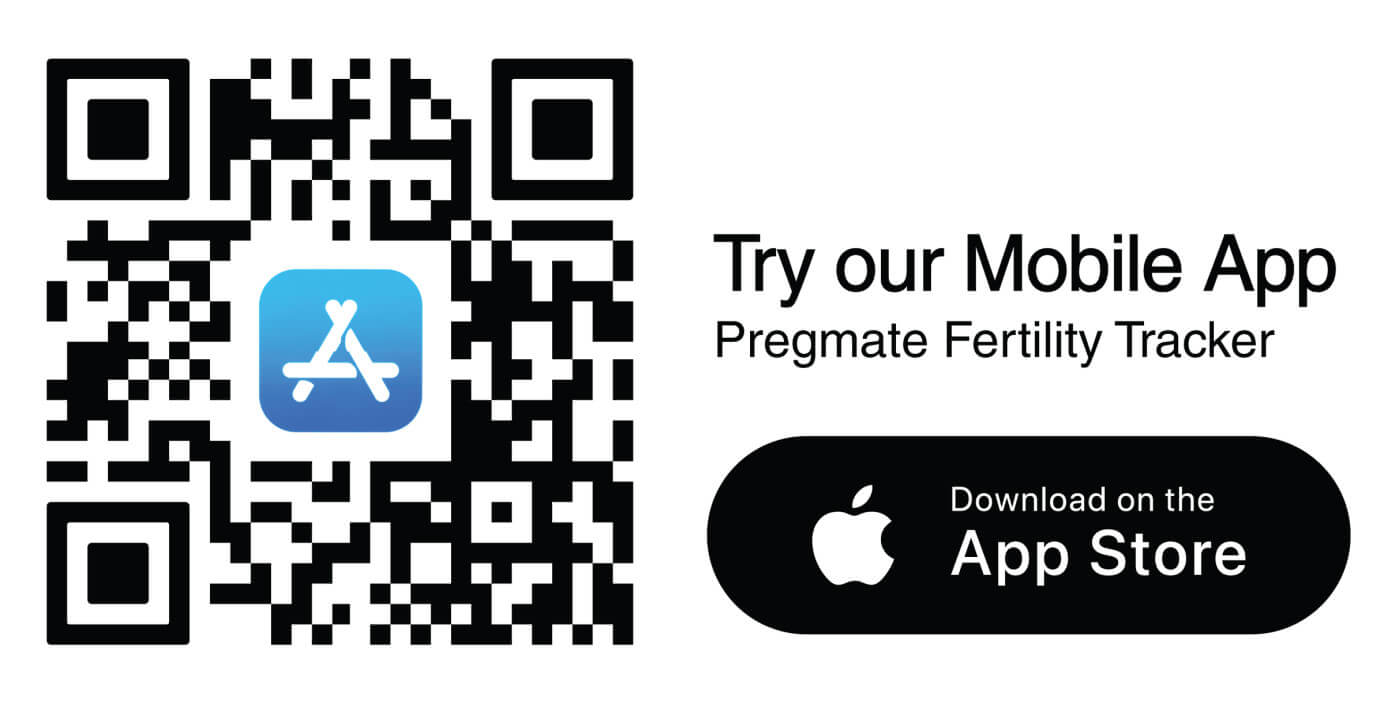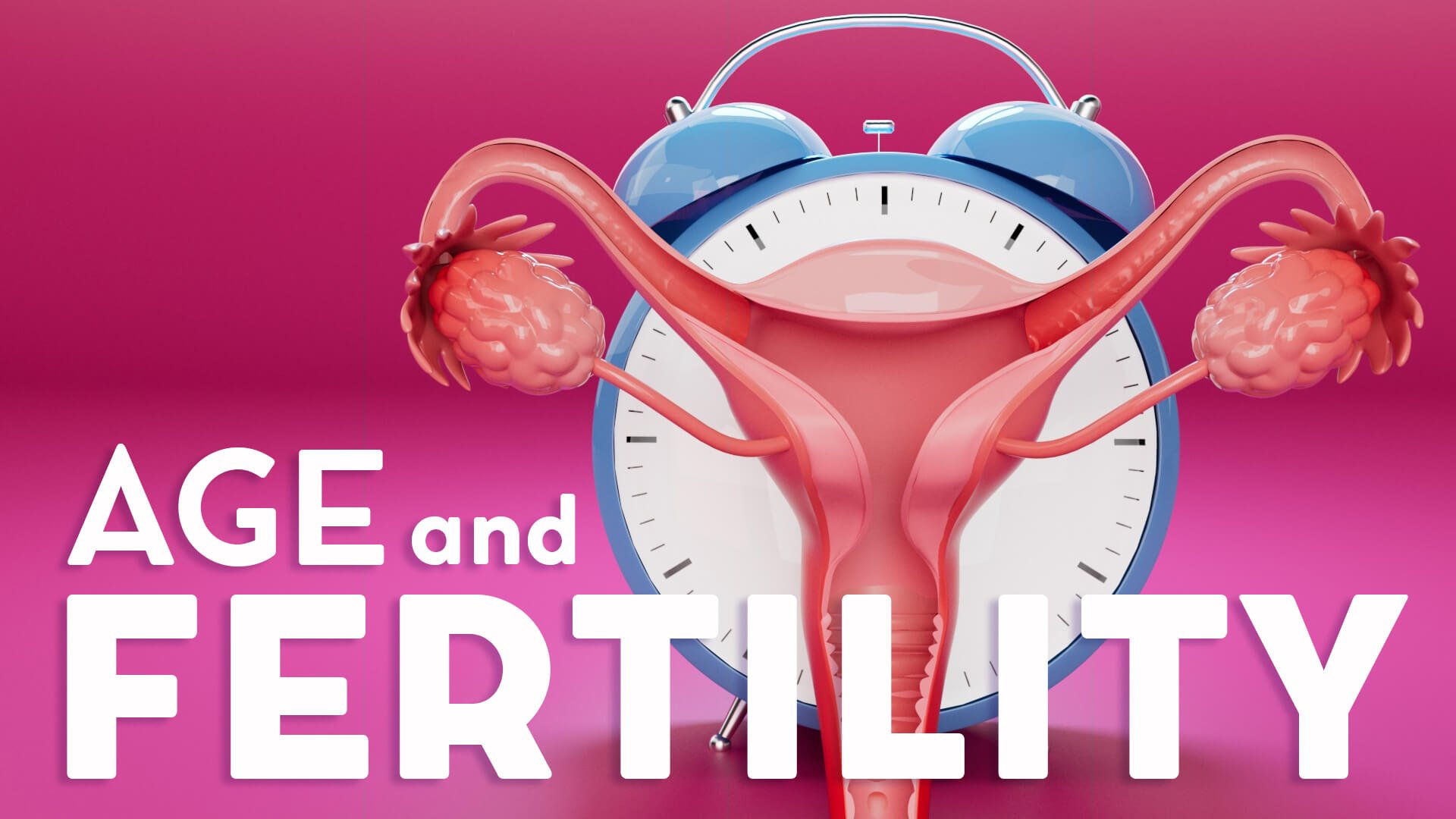In this video, "Ovulation Explained in Simple Terms (2024)," we break down the complex process of ovulation into easy-to-understand concepts. Whether you're trying to conceive, tracking your menstrual cycle, or just curious about how your body works, this video is designed for you!
Join us as we simplify the science and empower you with the knowledge to understand your reproductive health better. Don't forget to like, subscribe, and hit the notification bell for more informative content on women's health and wellness!
Ovulation is a part of your menstrual cycle when the egg is released from the ovary. It signals the beginning of your fertile period. It typically lasts one day and occurs in the middle of a woman's menstrual cycle.
Today, we're diving into something truly magical and essential for anyone on their journey to parenthood. Have you ever wondered what exactly happens inside your body during this time? Let's explore it together.
Ovulation is a fascinating part of your menstrual cycle when an egg is released from one of your ovaries. This moment marks the beginning of your fertile period and typically lasts just one day. It's a tiny window of opportunity in the middle of your menstrual cycle.
Imagine this: once the egg is released, it has only about 24 hours to meet up with a sperm. After that, your fertile window closes until the next cycle. That's why knowing exactly when you ovulate can be a game-changer if you're trying to conceive.
Inside your ovaries, there are thousands of tiny follicles. These are like little sacs filled with fluid, each holding an immature egg. Your menstrual cycle starts on the first day of your period. During the first week, several follicles begin to grow, but by the end of that week, only one continues to develop.
Isn't it incredible how our bodies work? As that one dominant follicle grows, it nurtures the developing egg inside. Just a few days before the midpoint of your cycle, this follicle sends out a surge of estrogen. When this estrogen hits the brain, it triggers a surge of luteinizing hormone, or LH. This LH surge causes the follicle to grow rapidly until it bursts, releasing the egg. The fallopian tube then moves closer to catch the egg, which is swept inside by tiny, finger-like structures called fimbriae.
Think about it: within the fallopian tube, the egg begins its journey towards the uterus. Here, it might meet a sperm and become fertilized, starting the beautiful process of pregnancy. But remember, the egg only lives for about 12-24 hours, so timing is everything. If fertilization happens, the egg and sperm unite to form a zygote, which travels down the fallopian tube, dividing and growing into a blastocyst. This tiny cluster of cells will implant in the uterus, marking the beginning of pregnancy. But if the egg isn't fertilized, it simply dissolves and is shed along with the uterine lining about two weeks later. It's a natural part of the cycle, but understanding this process can help you feel more in control and informed about your body.
Another important aspect to consider is how external factors can impact your cycle and overall fertility. Stress, significant changes in weight, intense physical activity, and certain medical conditions can alter the timing of your cycle or cause it to be skipped entirely in some cases. For example, chronic stress can interfere with the hormonal signals that regulate your fertile window, leading to irregular cycles or delays. Conditions like polycystic ovary syndrome (PCOS) can also disrupt the normal pattern of egg release, making it more challenging for those affected to predict their most fertile days. Being mindful of these factors and how they influence your body can help you manage your reproductive health with greater insight.
In addition to understanding the factors that influence fertility, it’s also important to consider how lifestyle choices play a role in maintaining a healthy cycle. Proper nutrition, regular exercise, and adequate sleep all contribute to hormonal balance, which is essential for a consistent menstrual cycle. A diet rich in vitamins and minerals, particularly those like folate, vitamin D, and omega-3 fatty acids, can support reproductive health and improve fertility. Staying hydrated and limiting the intake of processed foods, caffeine, and alcohol also promote a healthier cycle. By adopting a holistic approach that includes physical, mental, and nutritional well-being, you can further optimize your chances of a regular cycle and maintaining overall reproductive health.
It’s also worth noting how age affects fertility. Women are born with a finite number of eggs, and as they age, both the quantity and quality of these eggs gradually decline. This process may become less predictable as women approach their late 30s and 40s, often leading to longer or irregular cycles. This natural decrease in fertility is known as ovarian aging and is an important factor to consider for those planning to conceive later in life. While modern fertility treatments can help extend the window of opportunity for pregnancy, being aware of these age-related changes can empower women to make informed decisions about their reproductive timelines.
Whether you're trying to conceive or just curious about how your body works, knowing about this part of your cycle can make a big difference. Stay tuned for more videos where we explore women's health topics that matter to you. And remember, your journey is unique and special.
Related blog articles:
When is your fertile window?▶️
Naturally Boost Your Fertility▶️
Fertility and age: The truth about getting pregnant after 35▶️
Ovulation Symptoms: Key Signs & Tracking Tips▶️
How long does it actually take to get pregnant?▶️
Understanding Your Menstrual Cycle: A Comprehensive Guide▶️
The Future of Pregnancy: What to Expect in 2050▶️
Pregmate App - Ovulation Tracker, Fertility and Period Calculator▶️
Pregmate App - ultimate companion for women's cycle tracking and conception planning▶️
Conception explained. Fertilization and Implantation.▶️
Using ovulation tests to identify the most fertile days of the month▶️
Pregmate pregnancy test strips. How and when to do the test?▶️
Tracking LH surge using ovulation tests▶️
What causes PCOS? Symptoms and signs.▶️
Using ovulation tests with PCOS▶️
5 Menopause Myths BUSTED By A Medical Expert! ▶️
Your Complete Guide to Egg and Sperm Freezing Made Simple! ▶️
The Hidden Truth About Endometriosis Every Woman NEEDS to Know!▶️





